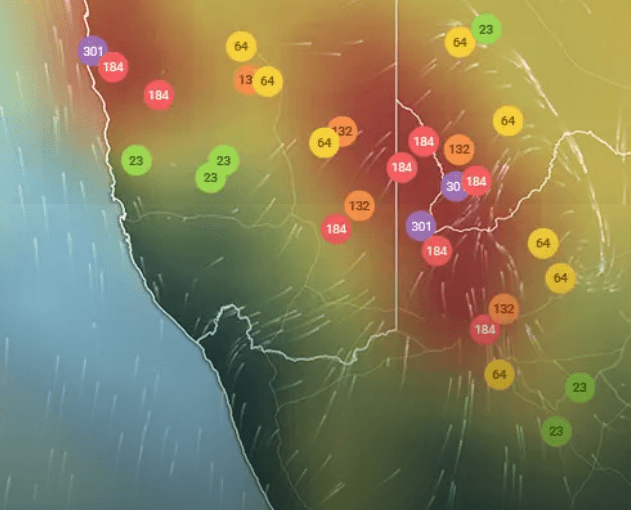
Share
By Erick Mwangi
Africa is among the fastest developing continents in the world. The development is characterized by several manufacturing industries. Notably, Kenya is ranking high among African countries that are recording a high development rate.
According to Statista, Kenya’s manufacturing sector increased by 9.5 percent in the third quarter of 2021. In Nairobi, there are about 66,3536 manufacturing factories. Bearing in mind that Nairobi is home to more than four million Kenyans. Industrial area, which is land set aside for establishment of companies which manufacture products, is located in Nairobi.
During the manufacturing process, these factories emit gases which are harmful to residents residing next to the industrial area and its environs. According to data collected by a research unit of University of Nairobi, Nairobi has an aerodynamic diameter of 2.5micromitres. The emitted products are dangerous to human health and might lead to an increased number of fatalities. In line with University of Nairobi research, nearly 1.1 million people died due to air pollution by factories in Africa.
IQAir records that in 2020, the average PM2. 5 concentration in Nairobi was 14.7 µg/m3, which is about 1.5 times the recommend annual PM2. 5 threshold concentration of the World Health Organization (WHO).
Dr Joshua Vande Hey, Lecturer in Environment and Health in Leicester University notes that poor urban air quality is a major development issue globally, placing a huge burden on public health and the economy. He further notes that in Nairobi air quality is deteriorating due to the increasing traffic and inadequate air pollution policy and regulation.
The Nairobi County Intergrated Development Plan (CIDP), spotlights the issue and records that the county has large deposits of uncollected solid waste mostly outside the CBD, High water and air pollution, rampant illegal dumping and poor adherence to waste management requirements, inadequate waste management equipment, insufficient waste collection and management plants and only one end waste management site at Dandora, coupled with very low recycling rate.
A leading contributor to climate change is from industrial and motor vehicle emissions; environment degradation has also led to diminishing health and sanitation standards.
Finding solutions
However, despite challenges there is a plan to address pollution. The Environment Management and Protection programme in the county is implemented with one of its mandates as working on improvement in air quality monitoring capacity and enhanced success in prosecution of air pollution related cases.
Some recommendations from the University of Nairobi are:
- Develop strategies for enhancing traffic flow throughout the city, e.g. removal of hand carts from major roads to reduce snarl-ups
- Improve on solid waste collection and disposal, e.g. dis- courage waste burning
- Incentivize firms to invest in green energy technologies including use of carbon filters in their chimneys
- Incentivize reduction in the use of private cars into the city, e.g. fast tracking the Bus Rapid Transit (BTR), light trains, etc.
- Incentivize non-motorized mobility types, e.g. provision of walkways and cycle lanes throughout the city
The successful management of pollution will lead to less health risks to the people and reductions of avoidable fatalities.
Image: Map showing Air quality index (AQI) and PM2.5 air pollution in Nairobi. Source: IQAir
This report has been published by Ghetto FM in partnership with Code for Africa, KCOMMNET, the German Cooperation, and the Catholic media council under the #OurCountyOurResponsibility project.


